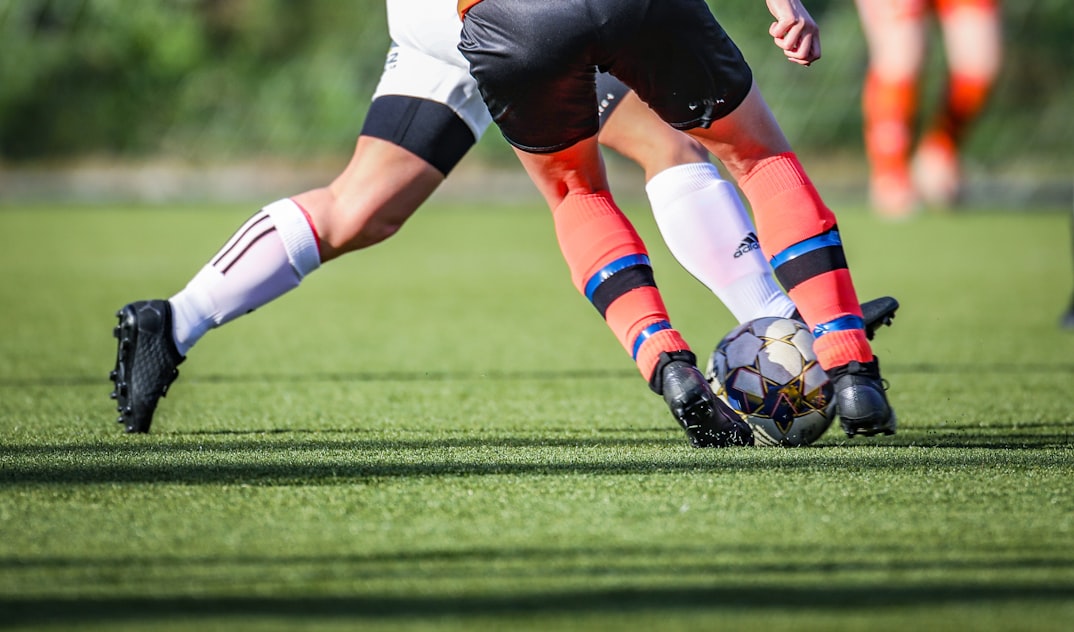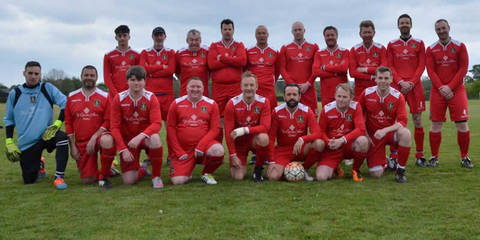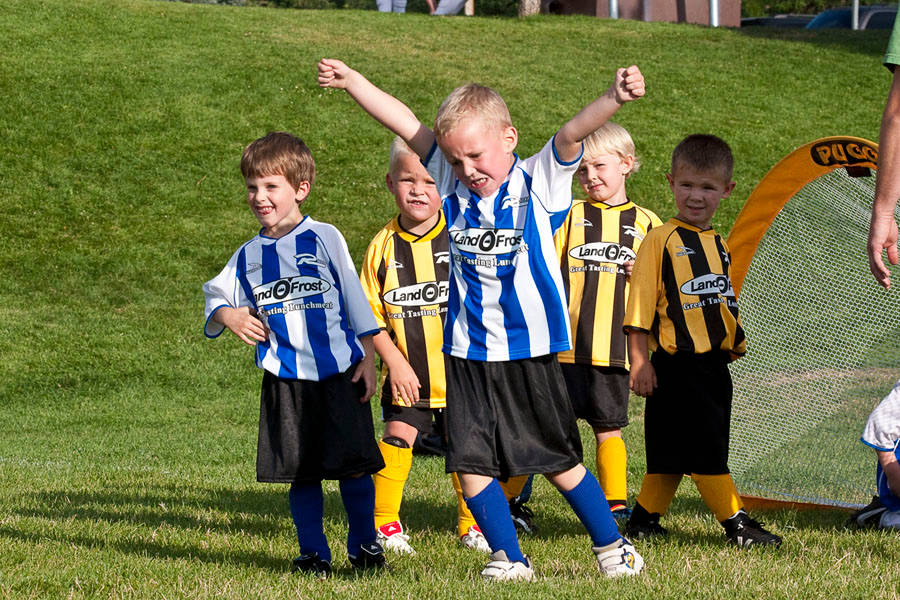
One issue that consistently raises its head for junior coaches at grass roots level is pitching the session at the right level, so that everybody feels included.
It is not untypical for your Junior team to have a wide spectrum of talent within your squad of players and keeping the stronger ones engaged whilst finding activities for everyone to participate in isn’t always easy.
If your coaching sessions follow the usual form of technical drill, followed by 1v1 practice, smallsided game and finally a match to finish, there are some things you can do to keep all your players – no matter what their level, completely in the zone.
For a start, any verbal delivery from you needs to be kept to a minimum as none of your players, irrespective of their ability, turns up to training to listen to a lecture.
When practising skills, a tip is to pair your players up according to their ability levels although this needs to be done with care, sensitivity and thought.
When done properly this will enable all the players to achieve some success and it won’t allow the better players or the weakest ones to become disillusioned. However, whilst you may wish to cocoon your weaker players you need to be alert to the fact that they will benefit and improve most by playing with and against better players, so you should also look for opportunities to challenge them without exposing them to situations they will find embarrassing.
You could also play 2v1 instead of 1v1 with two of your weaker players playing against one of your stronger players to provide balance.
Small-sided games are a great tool for providing challenge and engagement for everyone. All your players, whether at the stronger or weaker end of your spectrum will enjoy playing in the game.
Again, you should be mindful of how you pick your sides when concentrating on how to keep all your players engaged and equally happy. Allowing all the better players to team up against the weaker ones only shatters the confidence of some players and leads to cliques forming in your squad. Don’t be afraid to be really fluid with your teams to get a balance.
One of the best ways to bring your weaker players up to the level of the stronger ones is to get them to practise as much as possible whilst outside your structured sessions.
Although we try our best as junior football coaches to make the best use of the time available to us with our players, it simply isn’t enough to make that much of a meaningful difference, especially to the weaker members of your team.
Yes, we can give them good information and get them practising their skills with good drills but the bare reality is that a couple of hours a week, which is all the exposure a grass roots coach often gets if they’re lucky, isn’t enough to bring the players up to the level you ideally would want them to be at.
The ultimate determinant of how good they are going to end up is how much they play and practise when they aren’t with you.
The quickest way to improve the raw skills level of a young player is with a size 1 football which could give them the same soccer education as some of the greatest players of all time.
Some of the world’s greatest ever players grew up in poverty in different places in the world and football was their ticket to the big time. The likes of Diego Maradona and George Best grew up with poor football facilities around them and found different ways to get their skills onto an entirely different level.
George Best said that he was able to develop his incredible skills by kicking a tennis ball with his schoolmates. He credits the years and years he spent using a tennis ball as the way he was able to sharpen his lightening quick feet and unbelievable ball skills that made him one of the greatest players of all time.
One way to easily replicate this football education from the streets is to get your players practising with a size 1 football. A size 1 ball is often called a skills ball because of the way it develops the touch and skills of the players that use it.
Completing some form of skills training on a daily or weekly basis using a size 1 ball will have a huge affect on improving the ball skills of your weaker players.
They can start with some simple juggling using the size 1 football although they will immediately notice just how much more difficult it is to juggle the size 1 ball than it is a normal sized ball. They need to really concentrate to ensure they’re looking after the ball and bring it to the right height to retain control.
One of the great advantages of using a size 1 ball is that you only need a very small area in which to practice with it. In fact, you can even begin to develop your own training schedule without leaving the house by using your size 1 ball. You simply need to create a little room for yourself in the centre of a room and remove all the breakable objects then you can develop your skills gently in the comfort of your own home!
By doing some form of skills training on a daily basis your players will really start to improve.
An important point to remember is that the size 1 balls will not only sharpen up your ball skills with your feet but can also be a fantastic training tool for goalkeepers. Several of the top keepers in football will do at least one session a week with a size 1 ball to improve their reflexes and shot stopping.
The top goal keepers in the world use their feet to side step into position to be able to save the ball and practicing with a size 1 ball helps make them more agile. It also improves their hand / eye coordination and trains their eyes to watch the ball more closely because it is essential to do this to save a size 1 ball.
By focusing on watching the ball closely and using their feet to get into good positions to save the ball it can really help to improve your goalkeepers.
The great thing about using a size 1 ball is that it opens up so many more opportunities for practicing by yourself. You do not need a full squad or team of players to be able to take part in a session to improve your skills.
Try your best to get your players, particularly those who need the most improvement with their ball skills to get hold of a size 1 ball and use it regularly to accelerate their improvement.


















